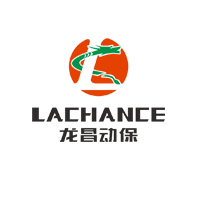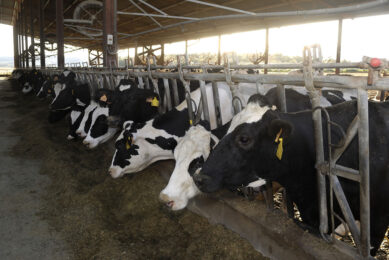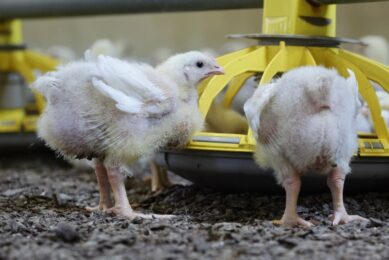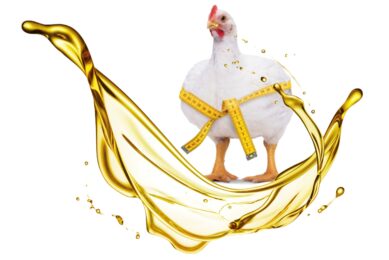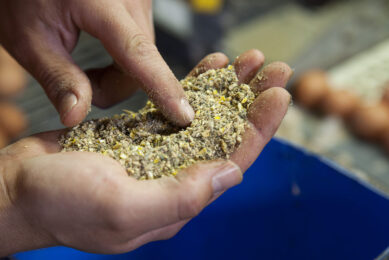Create ‘good eggs’ by maintaining good liver health in layers
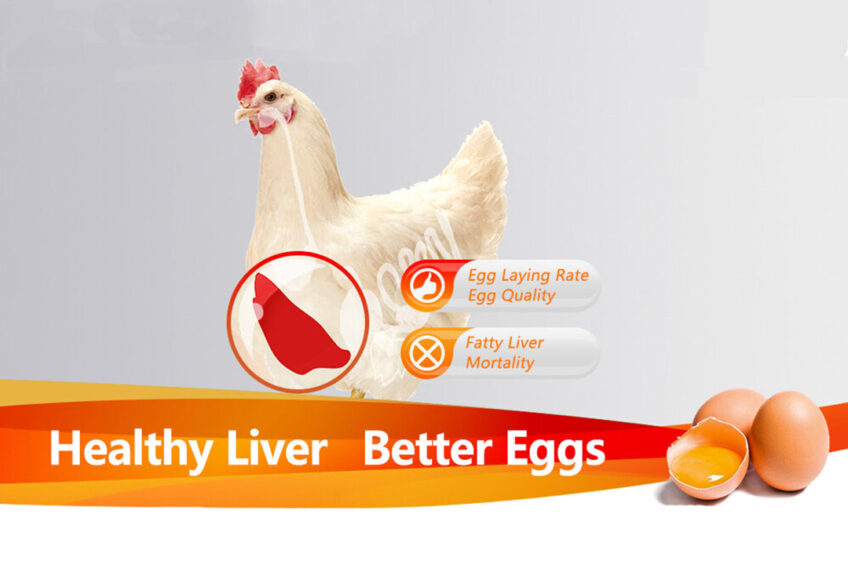
Creating “a good egg” is the breeding goal pursued by each laying hen enterprise, and healthy liver is the prerequisite for obtaining a good egg. Bile acid can protect the liver and improve egg quality.
A good egg benefits all mankind. According to the estimation of the United Nations, the world population will increase from 7.9 billion in 2022 to 10 billion in 2057. The egg is an essential source of high-quality protein for human beings. We believe that the global production of eggs will continue to increase in the future. From 1990 to 2018, the global egg industry expanded dramatically, and egg production increased by 116% (from 35.5 million tonnes to 76.8 million tonnes) (Food and Agriculture Organization of the United Nations, 2018). In 2018, China produced 458 billion eggs and the US produced 109 billion eggs. In terms of egg consumption in 2017, the average consumption of eggs in China was the highest, reaching 22.7 kgs, followed by Japan (19.6 kgs) and Mexico (19.3 kgs).
Nutritional value of eggs
The nutrition of eggs is very balanced. An egg consists of about 30% egg yolk, 60% egg albumin, and 10% eggshell. Each kilogram of egg dry matter contains 457g of protein, all essential amino acids, ω-3 fatty acids, and important vitamins (A, D, E, B12), minerals, and antioxidants. Eggs are beneficial to pregnant women and adolescents during brain development because of their balanced nutrition. In addition, hens can effectively transfer dietary vitamin D to the yolk, which makes the yolk contain both vitamin D3 and a high level of 25-hydroxy vitamin D3. Thus, eating eggs with a high level of 25-hydroxy vitamin D3 is very helpful for people with osteoporosis.
Structure of the egg
As for the structure of eggs, it is well known that the eggshell is a kind of porous calcareous hard shell, which can protect eggs from physical damage and microbial infection. The formation of eggshells is a process of biomineralisation. The main nutritional factors affecting egg damage are Ca, P, and VD3, while VA plays an important role in maintaining the normal structure of mucosal epithelial cells, thereby indirectly affecting the absorption and synthesis of VD3. The eggshell quality problem is big in layer breeding enterprises, egg damage causes considerable losses to layer production. According to statistics, the unusable eggs, caused by eggshell problems, accounted for about 6%-8% of the total egg production in the world egg industry, and the loss can be imagined. The egg white is a high viscosity liquid containing 11% protein and glycoprotein. The yolk contains 48% water, 33% lipid, and 17% protein.
What role does the liver play?
As mentioned above, the nutrition of eggs is very balanced. However, do you know that in fact, most of the nutrients in egg white and yolk are derived from the synthesis and transportation of the liver. Only after liver processing can nutrients in feed be transferred to eggs with the formation of eggs. The nutrients in the feed are digested and absorbed by the intestinal tract of laying hens and then transported to the liver. In the liver, these nutrients are decomposed and synthesised into raw protein and lecithin required for egg production. These substances are then transported to the ovary and oviduct through blood circulation to assemble eggs. The liver of laying hens is like a raw material processing workshop. The health of the liver largely determines the production performance and egg quality of laying hens.
Functions of a healthy liver
There are many factors affecting the production performance and egg quality of laying hens. A healthy liver can help resist various risk factors. In addition to participating in the transformation of nutrients, the liver is also an important substantive immune organ (various antibodies), the largest endocrine gland (endocrine and exocrine), the largest chemical plant (almost all plasma proteins, coagulation factors), and the largest detoxification organ (endogenous, exogenous toxins and drugs, pathogenic microorganisms, etc.). At present, it is known that the liver performs more than 500 physiological functions. Because the liver is involved in many physiological processes, it has become one of the most vulnerable organs in animals.
How to create a ‘good egg’
The liver is so important to the animal body. Therefore, to create “a good egg”, attention must be paid to the liver health of laying hens. However, in the process of breeding and production, the liver will be damaged in many ways. Firstly, mycotoxins are a common problem in feed at present, and long-term accumulation of mycotoxins will damage the liver health of laying hens. Secondly, improper diet nutrition and feeding management can cause liver problems. For example, high-energy foods can easily cause fatty liver in laying hens. In addition, fatty liver is also easy to form in the late laying stage, resulting in decreased liver function and production performance. Finally, epidemic factors, such as some viruses or bacterial diseases can lead to liver damage.
Protecting the liver will pay off
Due to the significant “responsibility” of the liver, coupled with various damaging factors, once the problems occur, it will seriously affect the production performance and breeding efficiency of laying hens. Therefore, we must pay attention to the health of the laying hens’ liver in daily feeding and management and pay attention to the daily health care of the liver. In the maintenance of liver health and liver protection, bile acid is a kind of preferred liver protection product.
Bile acid
Bile acid is a liver function substance, which can perform some physiological functions of the liver and protect liver health. In the intestine, bile acid can emulsify fat and improve the utilisation rate of fat in feed. At the same time, it can also promote the absorption of fat-soluble vitamins A, D, E, and K. The improvement of vitamin A and D absorption efficiency helps to stabilise the eggshell and reduce the breakage rate of eggs. Bile acid can promote the absorption of liposoluble substances such as lutein and carotene and improve the yolk colour. After entering the body, bile acid can promote fat metabolism, accelerate the transport of triglycerides in liver cells, effectively prevent liver fat deposition, and provide more energy for animals. In addition, bile acid can also promote the secretion, synthesis, and excretion of bile, accelerate the excretion of various toxic and harmful substances, protect the liver, and maintain internal environmental safety.
In addition, bile acid is not only widely used in animal husbandry, but also plays an important role in medicine. For example, UDCA (ursodeoxycholic acid), obeticholic acid (goose deoxycholic acid), and other products we see in the market and hospital are bile acids used for liver diseases such as fatty liver, cholestasis, and liver fibrosis, which help patients improve liver enzymes and restore health.
Bile acid can protect the liver and improve egg quality
In short, whether at present or in the future, creating “a good egg” is the breeding goal pursued by all laying hen enterprises, and healthy liver is the prerequisite for obtaining a good egg. Bile acid can protect the liver and improve egg quality. Its acid can not only improve the health level of laying hens but also improve the production performance. It is the preferred additive for laying hens breeding and poultry formulas.


